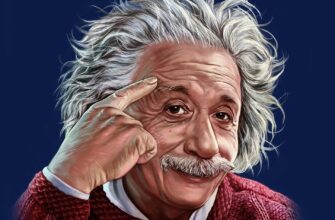
The world is dirty. Everywhere we go, there are germs. Our phones, bus seats, door knobs, park benches, and other surfaces harbor bacteria, fungus, and viruses. When we shake hands or sit in the same row on an aircraft, we transfer these microscopic organisms to one another.
Researchers are now discovering that we spread our microorganisms via our financial transactions. Each dollar that is given from person to person, whether it is through tip jars, vending machines, or the meter maid, tastes a small portion of the environment from where it originates before moving on to the next recipient and subsequent location.
DNA from our pets, drug residue, and pathogenic bacteria and viruses are among the items that have been discovered on our currency. The results show how money can secretly record human activity, leaving behind what are referred to as “molecular echoes.”
Paper money is dirty. And you might never want to touch it again once you realize what it hides on its surface.
What Money Is Made Of
Like all infants, brand-new bills start out pure and unblemished. In fact, Crane Curreny’s stock paper isn’t even made of paper. Paper is created from wood pulp, whereas money is a mixture of 25% linen and 75% cotton, with red and blue fibers strewn about to deter forgery. Then, depending on the denomination, sheets are printed using various inks: black on the front, green on the reverse, and metallic and color-shifting ink on other places. The finished sheets are then cut into currency size using guillotine cutters. Shrink-wrapped bricks of 4,000 notes are shipped to Federal Reserve institutions and other places. 38 million banknotes are printed each day at the two printing facilities in Fort Worth, Texas, and Washington, DC. These bills all venture out into the world to experience their own adventures.








